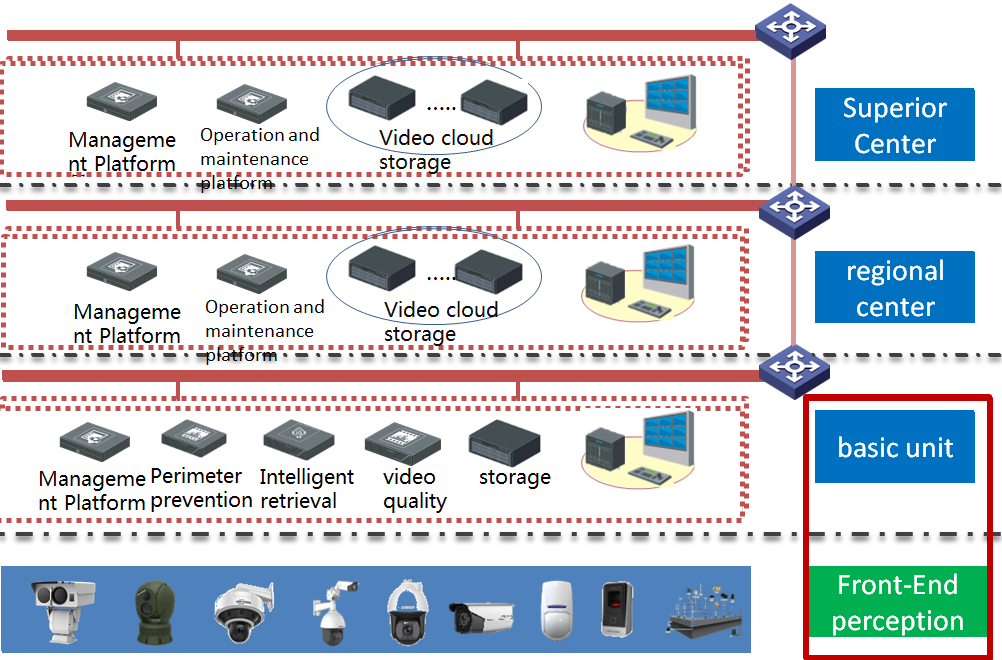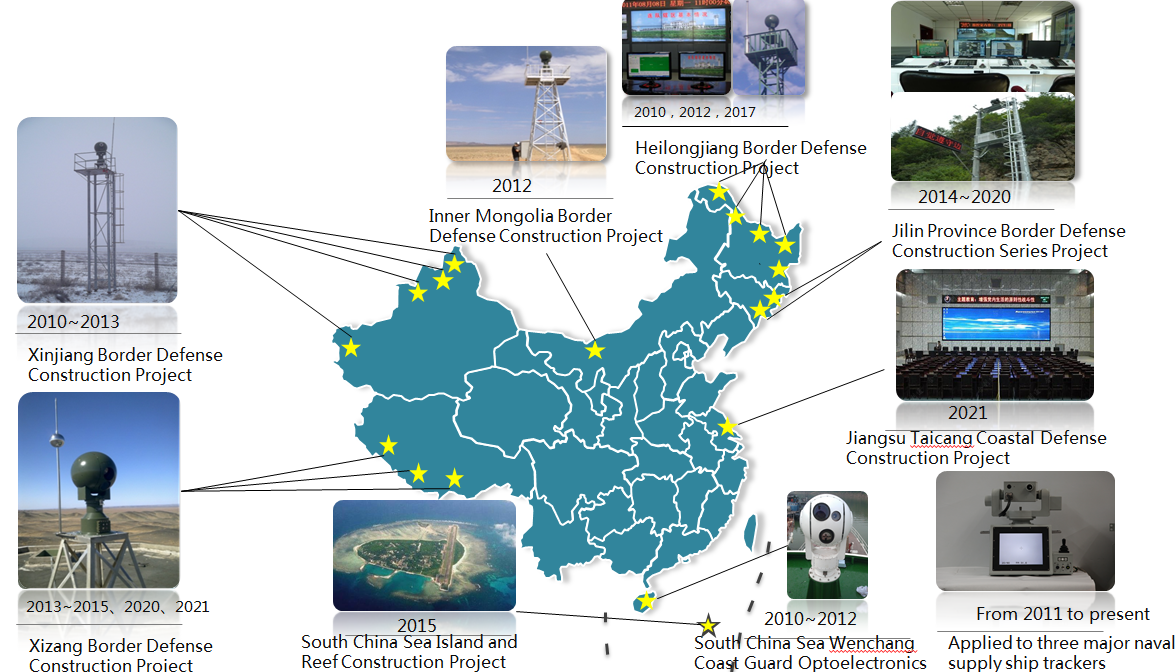Current:Home > Solution > Border and Coastal Defense Management and Control System
当前位置:Border and Coastal Defense Management and Control System
Meaning
Border and coastal defense is related to national sovereignty, territorial integrity, and maritime rights, as well as to the security, stability, and economic and social development of border and coastal areas. It plays an important role and position in the overall national strategy. The Party and the state have always attached great importance to border and coastal defense work, and have always regarded strengthening border defense as the strategic foundation for ensuring national security and prosperity. The construction of border and coastal defense projects is a series of important ideas such as "governing the border first", "unclear surrounding areas, and no peace for the country". It is a strategic measure to elevate the status of border and coastal defense to a very high priority, It is based on the ability standard of "being able to fight and win", adhering to the overall idea of "political security, enriching and revitalizing the border, military strength, diplomatic harmony, and technological control", and promoting the practical steps of informationization of border and coastal defense and control measures.
Construction principles
Improve control capabilities to ensure regional security
Integrate system resources to enhance technological content
Graded and classified management to improve usage efficiency
Building scenario applications, highlighting intelligent perception
Establish an operation and maintenance mechanism to maintain normal and effective use
Construction ideas
Our construction approach is to shift the application mode from passive disposal after the event to pre warning, from video surveillance to monitoring data processing and ultimately to practical application implementation.

Nine major subsystems
★ Encoding and Storage ★ HD Display ★ Video Conference and Audio Control
★ Power Supply ★ Video Retrieval ★ Intelligent Prevention
★ Video Summary ★ One click Trigger ★ Operation and Maintenance Management
Border and coastal defense performance
Tianjin HanGuang participated in the development of coastal defense and border information systems organized by the National Border and Coastal Defense Commission. The developed border monitoring equipment is extensively equipped at coastal monitoring stations in coastal provinces such as Liaoning, Shandong, Zhejiang, and Xinjiang.

Typical cases
★ Xinjiang Border Defense Construction Project
★ Inner Mongolia Border Defense Construction Project
★ Heilongjiang Border Defense Construction Project
★ Jilin Province Border Defense Construction Series Project
★ Jiangsu Taicang Coastal Defense Construction Project
★ South China Sea Wenchang Coast Guard Optoelectronics
★ Applied to three major naval supply ship trackers
★ South China Sea Island and Reef Construction Project
★ Xizang Border Defense Construction Project